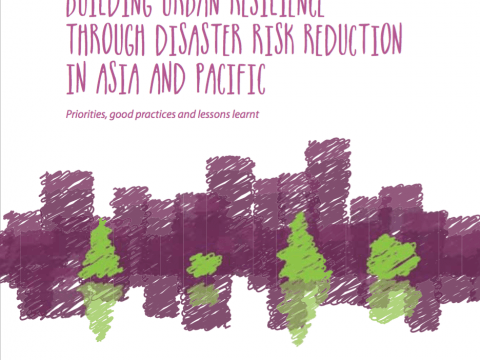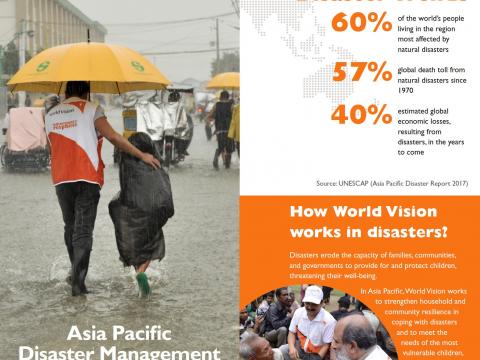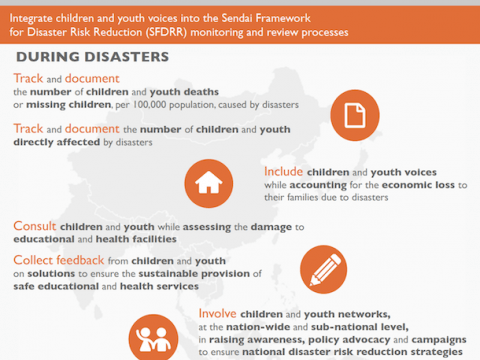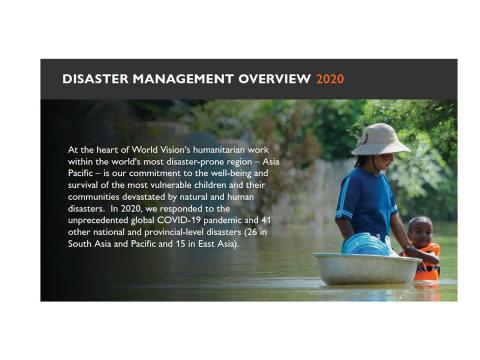Scalable Approaches for Children and Youth-led Disaster Risk Reduction
Download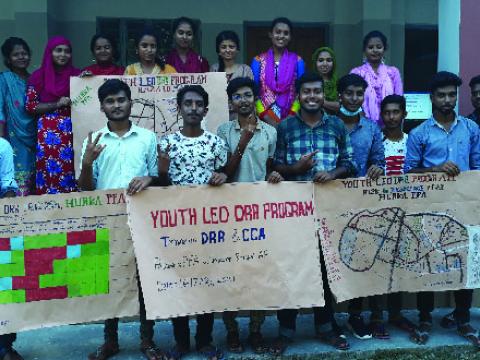
Children constitute a highly vulnerable group in disaster contexts. Millions of children are made homeless, lose loved ones, and suffer injuries and psychological traumas in disasters. Many children witness or experience violence during and after a disaster. In a post-flood survey of Bangladesh in 1993 (after the 1988 flood), it was seen that the prevalence of both aggressive behavior and enuresis in children rose sharply after exposure to major environmental stress.
Although children and youth are considered vulnerable groups both during and after a disaster, not much has been done to build an approach that can effectively engage them in DRR activities. Therefore, youth- and child-centered disaster risk reduction approaches are receiving greater emphasis over time from the concerned stakeholders. Engaging youth in combating disasters remained a prime focus of the Government of Bangladesh too. Against this backdrop, World Vision Bangladesh, Action Aid, Plan International Bangladesh, and Save the Children undertook this collaborative research study to find out the most effective approach for children and youth-led disaster risk reduction in Bangladesh.
This research aims to find the most effective and innovative approach that (a) generates impact in community mobilization, (b) generates impact in policy formulation, (c) ensures sustainability and cost-effectiveness, and (d) engages youths and children (10–24 Years) in innovative methods in both urban and rural disaster risk reduction.
The study is based on an explorative research design. To collect data, FGDs, KIIs, and IDIs tools were applied in eight selected districts across Bangladesh. These districts were selected purposefully to represent geographic variation and cover hazard profiles in Bangladesh.
